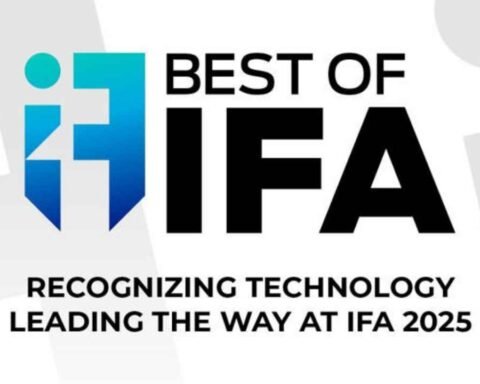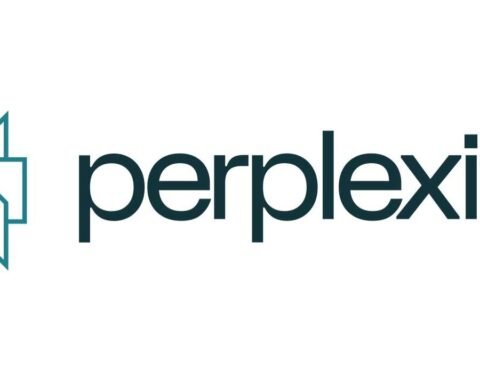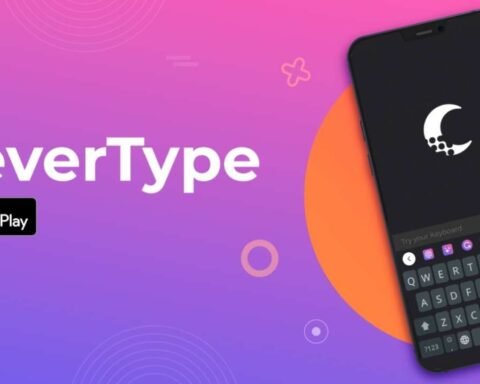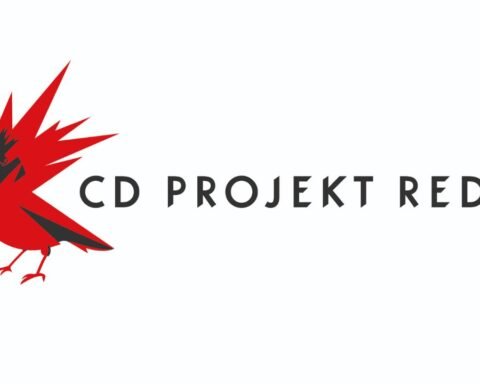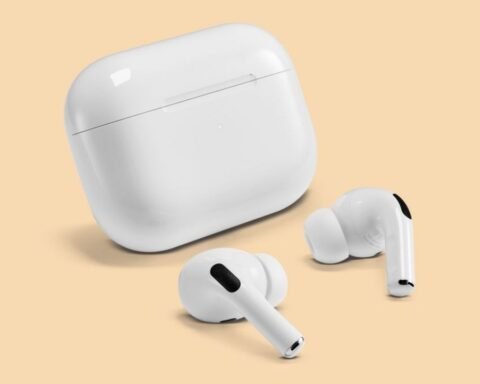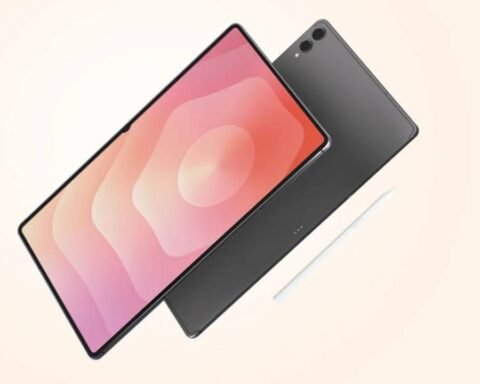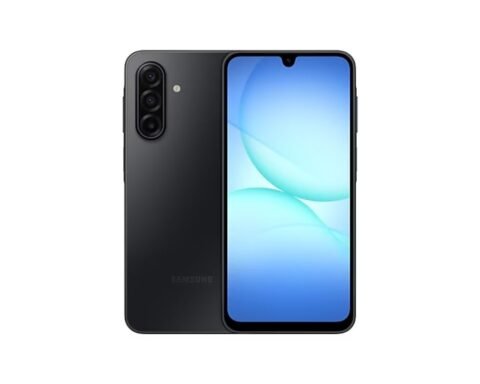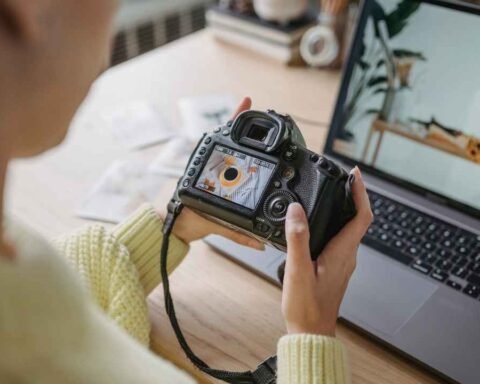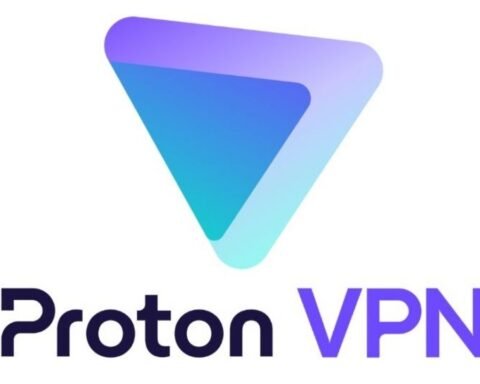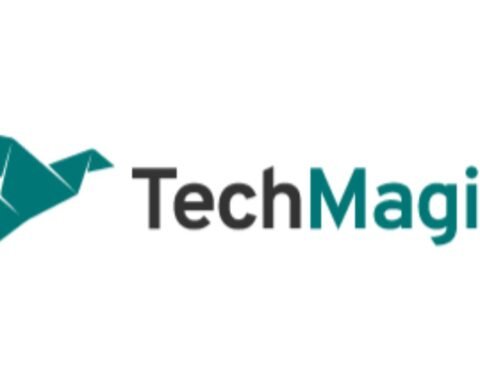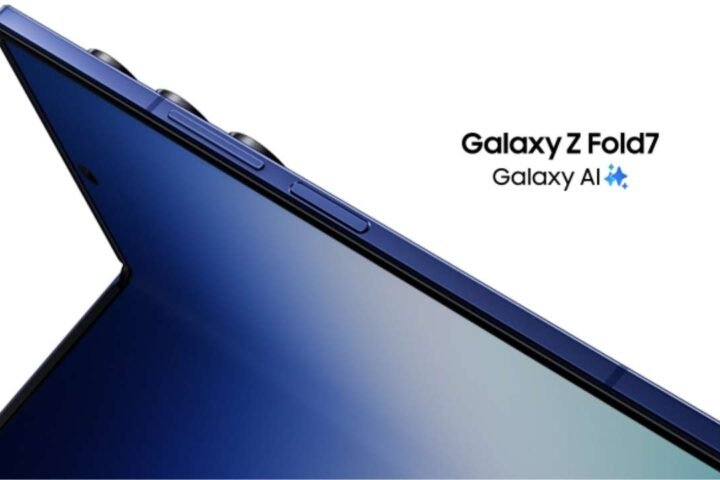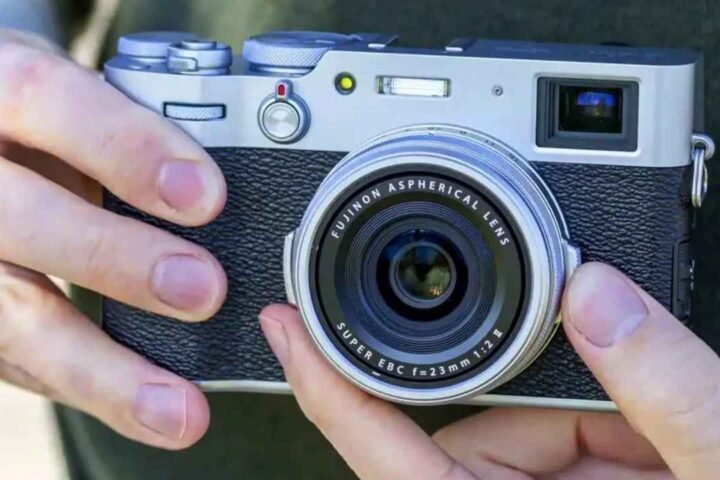Air purifiers are no longer just appliances in the home; they are now necessary tools for staying healthy and comfortable in a world where environmental problems are getting worse. People are more worried about air pollution, wildfires, allergies, and indoor pollutants than ever before, which has led to a huge increase in the need for advanced air purifiers. Today’s models have the latest technology, sleek designs, and smart features that work together to clean the air and fit in with modern homes. This article talks about the most popular air purifiers of 2025, focusing on their new features, the best models, and what makes them so popular.
Why Air Purifiers Are Popular in 2025
There are a number of important reasons why people are paying more attention to indoor air quality (IAQ). The Environmental Protection Agency (EPA) says that Americans spend about 90% of their time indoors, where the air can be up to five times dirtier than the air outside. In cities, cars and trucks are always releasing pollutants, while in the country, dust, mold, and pollen are always a problem. Climate change is making wildfires happen more often, and they release harmful particulate matter (PM2.5) that gets into homes. Also, indoor activities like cooking, cleaning, and having pets can make breathing problems worse by adding volatile organic compounds (VOCs), pet dander, and smells.
Air purifiers help with these problems by getting rid of allergens, pollutants, and even germs. In 2025, people are more interested in gadgets that work well, use less energy, and have smart features. Wearable purifiers, eco-friendly filters, and AI-driven air quality monitoring are some of the trends that are changing the market. For health-conscious homes, air purifiers are now a must-have.
The Most Popular Air Purifiers of 2025
The best air purifiers in 2025 have advanced filtration systems, are easy to use, and work with smart home systems. These are the main things that make them so popular:
Filtration in stages and with true HEPA: High-Efficiency Particulate Air (HEPA) filters are still the best. They catch 99.97% of particles as small as 0.3 microns, such as dust, pollen, mold, and bacteria. A lot of new models now have both HEPA and activated carbon filters to get rid of smells and VOCs. Some also have UV-C light or plasma technology to kill viruses and bacteria. The Dyson Purifier Cool TP10, for instance, has a fully sealed HEPA H13 system that catches formaldehyde and very small particles.
Smart sensors and the ability to connect to apps: One of the best things about 2025 models is that they can check the air quality in real time. The built-in sensors find PM2.5, VOCs, and other pollutants and automatically change the fan speeds to get the best performance. Apps like the ones for the Levoit Core 400S let people keep an eye on air quality trends, set schedules, and control devices from afar using smartphones or voice assistants like Alexa and Google Home.
Energy Efficiency and Sustainability: People are looking for Energy Star-certified purifiers because energy prices are going up. Blueair and other brands focus on low power use. For example, the Blue Pure 511 uses only 1.2 watts on low settings. Some manufacturers also make filters that can be recycled or washed to cut down on waste, which is good for the environment and good for business.
Quiet Operation: Noise levels are very important, especially if you plan to use it in your bedroom. The best models can be as quiet as 23 dB in sleep mode, which is quieter than a whisper. People like the Coway Airmega 240 because it cleans the air well without making any noise.
Air purifiers are no longer big, ugly things. They come in stylish and small sizes. Dyson and Windmill are two brands that make sleek, simple furniture that looks great in modern homes. They come in a range of finishes, including navy and bamboo. The Levoit Core Mini and other small models are great for small places like dorms or apartments.
Multi-Functionality: A lot of 2025 purifiers can also be used as fans, heaters, or humidifiers. For example, the Dyson Purifier Hot+Cool Formaldehyde cools in the summer, heats in the winter, and cleans all year long, making it a useful purchase.
Wearable and portable choices: Wearable air purifiers, like LG’s improved model with respiratory sensors or Ible’s neckband purifier, are a niche trend that is growing. They let you clean the air around you while you’re on the go. These are very popular in cities with a lot of pollution or for people who have very bad allergies.
Most Popular Air Purifiers of 2025
Here are the best air purifiers of 2025, based on reviews from experts, feedback from customers, and independent testing by sites like Consumer Reports, Wirecutter, and TechRadar. Each one is good for a different need and budget.
1. Coway Airmega AP-1512HH Best Overall: Mighty The Coway Mighty has been praised for its steady performance since 2015, and Wirecutter says it’s the best choice for most homes. It does a great job of getting rid of smoke (99% in 30 minutes on high) and stays efficient even with filters that are a year old.
Key Features: a real HEPA filter, activated carbon, an ionizer (optional), coverage of 361 square feet, 24/7 operation, and a low noise level of 24.4 dB.
Why It’s Popular: It’s good for medium-sized rooms because it’s cheap (about $200), saves energy, and is dependable. People say that it helps with allergies and makes the air smell better.
Drawbacks: It doesn’t connect to smart apps, but some people like how simple it is.
2. Blueair Blue Pure 311i Max: Best for Big Rooms CNET’s top pick, this model has a Clean Air Delivery Rate (CADR) of 250 CFM, which means it removes smoke and particles better than other models. It can cover up to 1,116 square feet in 30 minutes.
Important features: HEPASilent technology, a washable pre-filter, the ability to control the device with an app, compatibility with voice assistants, 23 dB on low, and a five-color air quality indicator.
Why It’s Popular: People like it for their living rooms because it looks good, is quiet, and saves energy. The Blueair app gives you real-time information about the quality of the air.
The downsides are that it costs more up front ($250) and needs new filters every 6 to 9 months ($40).
3. Smart Air Purifier from Levoit Core 400S
Best for the Money Smart Choice: This purifier costs about $150 and has high-end features like app control, Alexa compatibility, and a laser dust scanner that gives you real-time PM2.5 readings. It takes 30 minutes to cover 1,000 square feet.
The H13 True HEPA filter, activated carbon, auto mode, sleep mode (24 dB), and 198 sq. ft. coverage in 12 minutes are some of the most important features.
Why It’s Popular: Tech-savvy people love it because it’s cheap and has smart features. Testers say it cuts PM2.5 from 999 to 5 in only 10 minutes.
Drawbacks: Not as effective in rooms larger than 400 square feet, and the app can be slow to respond.
4. Dyson Purifier Cool TP10: Best for many things: Analytics Insight’s best choice for 2025, this purifier also works as a fan, making it great for rooms up to 400 square feet. It catches 99.95% of particles that are 0.1 microns or smaller.
Important features: HEPA H13 filter, destruction of formaldehyde, smart sensors, app control, 45 dB max, and a sleek design.
Why It’s Popular: Those who want versatility will like its dual function and high-end look. It’s great for people with allergies and pet owners.
Cons: It’s expensive (about $450), and replacing the filters costs a lot.
5. Molekule Air Pro: Best for Advanced Filtration The Molekule Air Pro uses Photo Electrochemical Oxidation (PECO) technology to kill pollutants like VOCs, viruses, and mold instead of just trapping them. It is 1,000 square feet.
Main features: PECO-HEPA Tri-Power filter, app control, a filter that lasts for six months, and a stylish design.
Why It’s Popular: It kills more than 99% of SARS-CoV-2 in tests, which makes it a great choice for health-conscious shoppers.
Cons: Costs a lot (about $1,000) and doesn’t automatically find particles smaller than PM2.5 in auto mode.
6. Blueair Blue Signature
The best choice for very large areas: This model came out in 2025 and can clean 3,385 square feet in an hour, which makes it great for homes with open floor plans. It can be as quiet as 23 dB and can be controlled by an app.
Important features: HEPASilent filtration, a pre-filter that can be washed, smart sensors, and a modern design.
Why It’s Popular: It works well for big families because it covers a lot of ground and is quiet. The buzz on social media shows how good it looks.
Drawbacks: High price (around $500) and limited availability.
New Trends in Air Purifier Technology
In 2025, the air purifier market will be shaped by more than just specific models. Some of the most important technological changes are:
Artificial Intelligence and Machine Learning: AI helps purifiers like the Levoit 300S learn how people use them, which helps them use less energy and last longer. Some models use local weather or pollution data to guess what the air quality will be like.
Filters that last longer: The BP03 from Dyson has filters that last up to five years, which cuts down on maintenance costs. Some, like NuWave OxyPure, use filters that can be washed to save money over time.
Bipolar ionization and UV-C are becoming more popular because they can kill germs, even though they may make ozone, which is a bad thing. It is best for customers to choose models that don’t have ozone.
Personalized Air Cleaning: The SwitchBot Air Purifier Table and other portable tabletop models are great for people who share spaces or are always on the go.
Working with smart homes: Now, all smart devices can work with HomeKit, Google Home, and Alexa, so you can control them all from one place.
How to Pick the Best Air Purifier in 2025
Choosing an air purifier depends on what you need:
Size of the Room: Look at the CADR and the area it covers. If you have allergies, you should try to get 4–5 air changes per hour (ACH). For smoke, dust, and pollen, a room that is 300 square feet needs a CADR of at least 200.
Type of pollutant: When it comes to odors or VOCs, activated carbon filters should come first. Concentrate on HEPA for allergies. Think about UV-C or PECO for germs.
Budget: The Levoit Core Mini ($50) is a good choice for small spaces, while the IQAir Atem X ($1,400) is a good choice for long-term use.
Noise and Placement: Make sure that bedrooms are quiet and that small apartments have furniture that doesn’t take up too much space.
Costs of maintenance: Don’t forget to include the cost of replacing the filters, which can be anywhere from $20 (for a Blueair 511) to $100 or more (for a Dyson).
What will happen to air purifiers in the future?
The air purifier market is ready for more new ideas as worries about air quality continue. You can expect designs that are smaller and more environmentally friendly, technologies that kill more germs, and better connections with health-tracking devices. In cities with a lot of pollution, wearable purifiers may become popular. Home models will probably use augmented reality to show you how clean the air is.
Final Thoughts
In 2025, air purifiers are necessary to fight pollutants inside and outside, and they can help your health by making allergy symptoms less severe and your lungs healthier. The Coway Airmega Mighty, Blueair Blue Pure 311i Max, and Levoit Core 400S are some of the best air purifiers on the market because they work well, are cheap, and have smart features. There is a popular model for every need, whether you need a cheap one for a small room or a high-tech one for a big house. In a world where clean air is becoming more and more valuable, buying a good air purifier is a way to put your health first.

